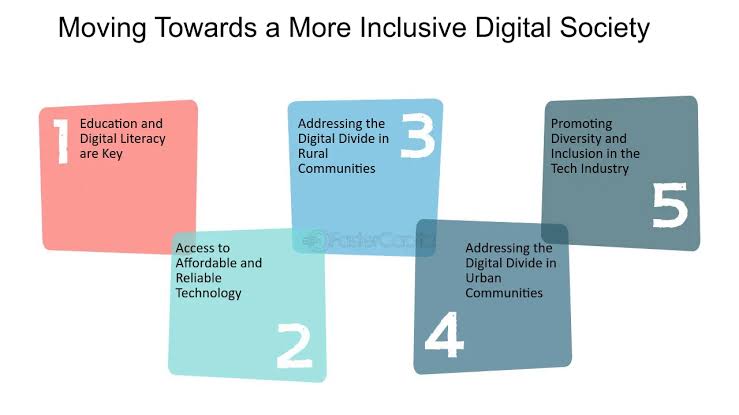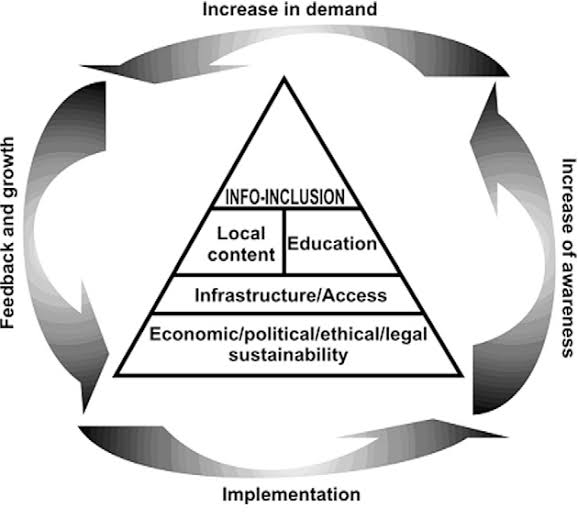In an increasingly interconnected world, access to digital resources and technologies has become paramount. However, not everyone has equal opportunities to participate in the digital realm. Digital inclusion aims to bridge this gap, ensuring that everyone, regardless of their background or circumstances, has access to and can effectively utilize digital tools and resources. One effective tool in

1. Entry Point. At the outset, the flowchart identifies entry points into the digital world. This could be through various means such as access to devices like smartphones, tablets, or computers, as well as internet connectivity. These entry points are crucial as they serve as the foundation for further engagement with digital resources.
2. Assessment. Once individuals have access to digital devices and connectivity, the flowchart guides them through an assessment phase. This involves evaluating their current level of digital literacy and identifying any barriers they may face in fully engaging with digital technologies. These barriers could include lack of skills, language barriers, or financial constraints.

3. Skills Development. After assessing the individual’s digital literacy level, the flowchart directs them towards appropriate skills development programs. These programs could range from basic digital literacy courses covering topics such as internet browsing and email usage to more advanced training in areas like coding and digital marketing. The aim is to empower individuals with the skills they need to navigate the digital landscape confidently.
4. Access to Resources. In parallel with skills development, the flowchart also emphasizes the importance of access to digital resources. This includes access to online educational materials, e-government services, healthcare resources, and opportunities for social engagement. Ensuring equitable access to these resources is essential for fostering digital inclusion.

5. Community Engagement. Recognizing the role of community support in fostering digital inclusion, the flowchart encourages individuals to engage with community organizations, libraries, and other support networks. These entities can provide additional resources, training opportunities, and support services tailored to the specific needs of the community.
6. Continued Support and Empowerment. Digital inclusion is an ongoing process, and the flowchart acknowledges the need for continued support and empowerment. This includes providing ongoing training and support, ensuring access to affordable digital devices and connectivity, and advocating for policies that promote digital inclusion at the local, national, and global levels.
7. Feedback Loop. Finally, the flowchart incorporates a feedback loop mechanism to continuously assess the effectiveness of digital inclusion efforts and identify areas for improvement. This feedback loop allows for the iterative refinement of digital inclusion strategies to better meet the evolving needs of individuals and communities.

The digital inclusion flowchart serves as a roadmap for individuals and organizations alike, guiding them through the journey towards digital inclusion. By identifying entry points, assessing needs, providing skills development and access to resources, fostering community engagement, and ensuring continued support and empowerment, the flowchart helps to break down barriers and create a more inclusive digital society. However, achieving digital inclusion requires collective effort and commitment from governments, businesses, civil society organizations, and individuals alike. By working together, we can create a more equitable and inclusive digital future for all.



